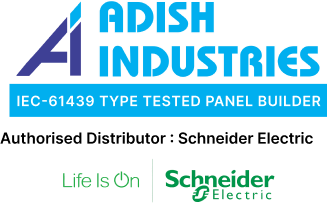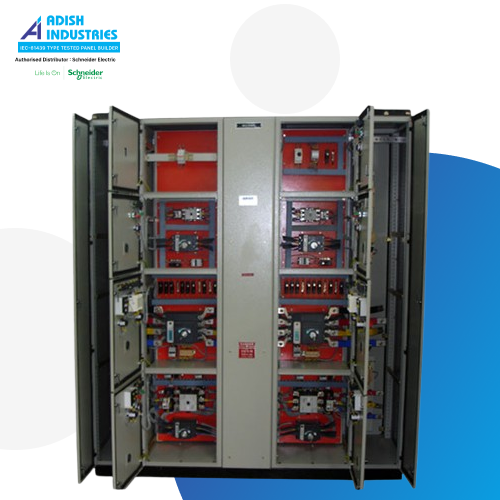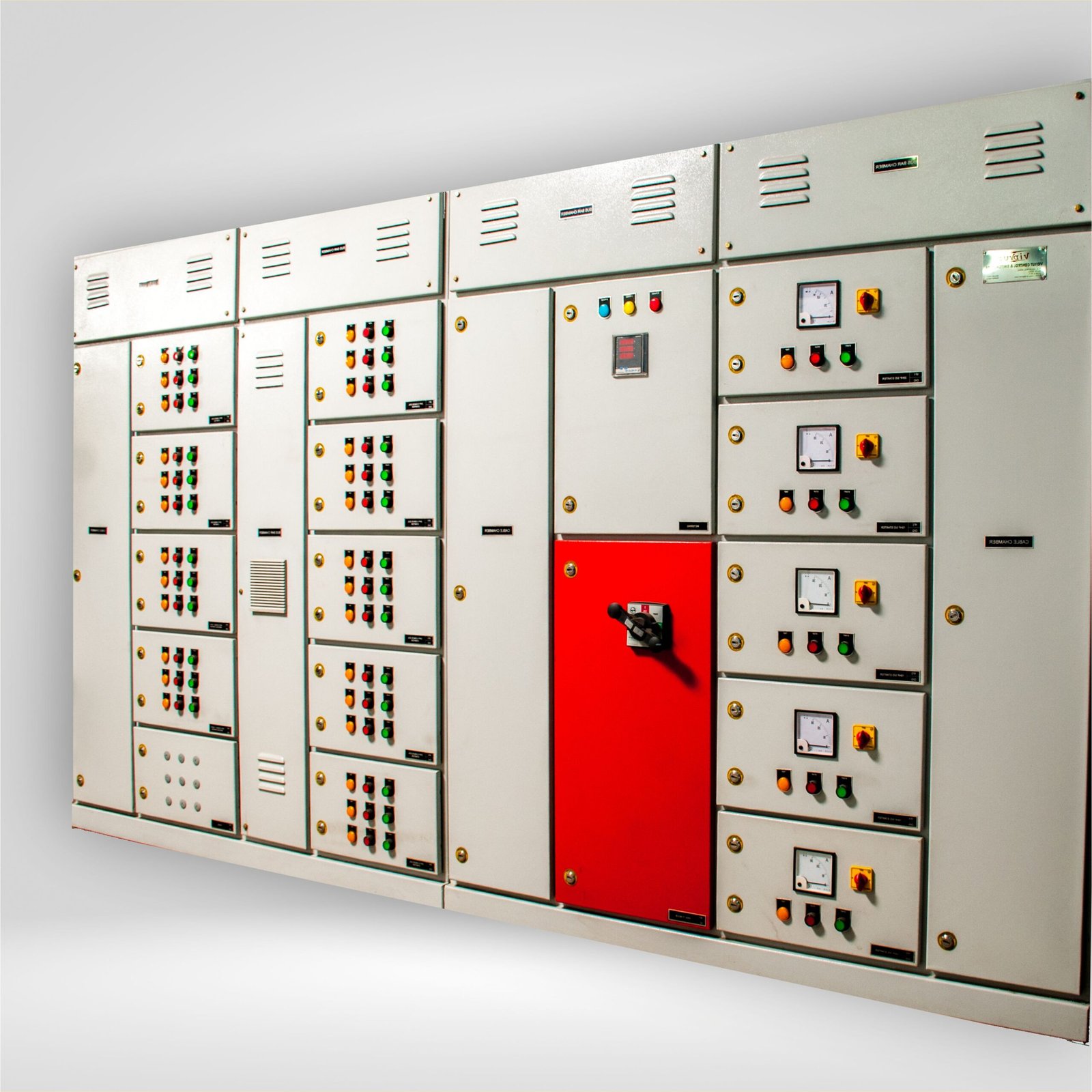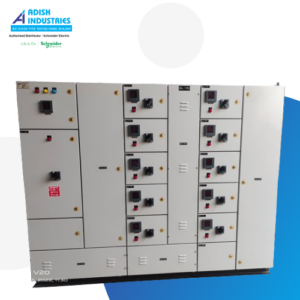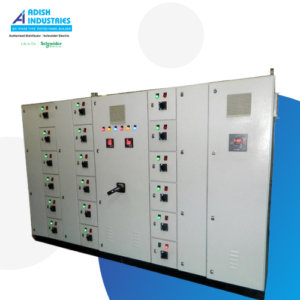Description
Features of Motor Control and Protection Panels
Motor control and protection panels are critical components in managing electric motors within industrial settings, providing several features that enhance operational efficiency, flexibility, and safety. One of the primary attributes of these panels is their capacity to manage multiple motor operations simultaneously. This functionality allows for seamless coordination of various machinery, reducing downtime and boosting productivity within industrial processes. The integration of advanced control systems ensures that motors can be started, stopped, and monitored effectively, enabling operators to maintain optimal performance levels.
Another notable feature is the modular structure of motor control panels. This design approach provides significant benefits regarding scalability and customization, allowing these panels to be tailored to meet the specific requirements of diverse applications. The modularity allows for easy addition or removal of components as operational demands change, ensuring that organizations can respond swiftly to evolving needs without undertaking extensive system overhauls.
Moreover, modern motor control and protection panels are equipped with sophisticated protection mechanisms that safeguard motors against overloads and phase failures. These advanced protective features are crucial in industrial settings, where the risk of motor damage can have significant implications for safety and operational continuity. By continuously monitoring operational parameters and automatically adjusting as needed, these panels not only enhance motor longevity but also contribute to a safer working environment by preventing catastrophic failures.
Furthermore, the integration of diagnostic tools and user-friendly interfaces allows for real-time monitoring and troubleshooting, which streamline maintenance efforts. This readiness enhances overall reliability, enabling industries to maintain their operations with minimal interruptions. Thus, the features of motor control and protection panels exemplify their essential role in ensuring the smooth operation of electric motors in industrial applications.
Applications and Specifications of Motor Control Panels
Motor control panels are essential components in various industrial sectors, including automation systems, HVAC, and water treatment plants. In automation systems, motor control panels play a critical role in managing the operation of motors, ensuring that production processes run smoothly and efficiently. They provide protection, control, and monitoring capabilities, allowing operators to quickly respond to any issues while optimizing performance. Specifically designed panels offer advanced functionalities that meet the demanding requirements of modern manufacturing environments, helping to increase productivity while minimizing downtime.
In the HVAC sector, motor control panels are vital in regulating heating, ventilation, and air conditioning systems. These panels allow for precise control over motor-driven equipment, such as fans, pumps, and compressors. By coordinating these components, motor control panels help in maintaining desired climate conditions within buildings, enhancing energy efficiency, and improving occupant comfort. The integration of specialized panels ensures consistent operational requirements are met, from simple on/off control to more complex variable speed applications, enabling seamless system integration.
Water treatment plants benefit from motor control panels by efficiently managing pumps and other essential equipment. These panels can handle varying load conditions, ensuring that water supply and treatment processes remain uninterrupted, even under demanding environmental circumstances. With operational specifications such as voltage capabilities of up to 690V and current ratings that reach 3200A, motor control panels are designed to deliver robust performance in harsh conditions.
Additionally, motor control panels can be configured in various formats, including draw-out and fixed types. Draw-out panels facilitate maintenance and troubleshooting by allowing the removal of specific components without disrupting the entire system, whereas fixed panels offer reliability in static applications. These configuration options ensure that industries can select the most suitable motor control solution tailored to their operational needs.
